Spiritual Travel
Katra–Amritsar Vande Bharat Express Poised to Revolutionize Northern Rail Travel through Jammu Tawi, Jalandhar City, Beas, and Pathankot Cantt, Catalyzing Growth in Pilgrimage, Tourism, and Regional Connectivity Across India
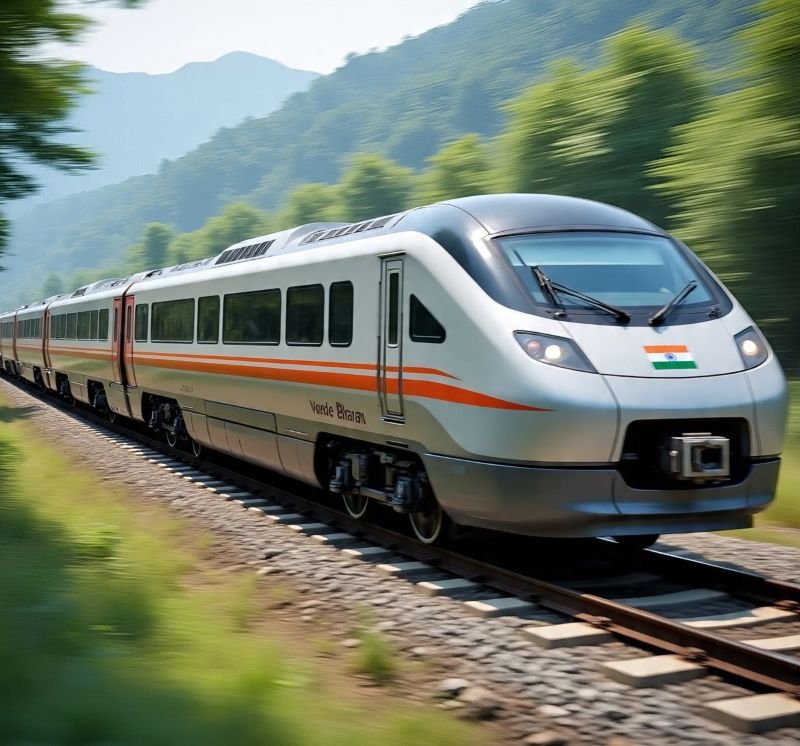
Published on
August 7, 2025 |
By: TTW News Desk
A New Dawn in Northern India’s Rail Journey
It was described as a transformative moment for rail travel across northern India, with plans underway to launch the much‑anticipated Katra–Amritsar Vande Bharat Express on August 11. The service was portrayed as a striking innovation in the region’s rail infrastructure, expected to shrink travel time between Shri Mata Vaishno Devi Katra and Amritsar from about 6–7 hours to only 4.5 hours. It was emphasized that this move formed part of a broader strategy to elevate rail connectivity, focusing on speed, safety, and comfort for passengers.
The account noted that this train’s commencement, together with launches of two other Vande Bharat routes, would be inaugurated via virtual ceremony on August 10—a symbolic gesture reinforcing a national shift toward modern, efficient transportation.
Navigating the Route: Timings, Stops, and Maintenance
It was conveyed that the new eight‑coach express had been slated to operate six days a week, with services paused every Tuesday for maintenance, which would take place at the Sahibabad facility—a site equipped to uphold high-speed rail standards.
The outbound leg was scheduled to begin at 6:40 AM from Shri Mata Vaishno Devi Katra, reaching Amritsar at around 12:20 PM. En route, it would pause at key stations including Jammu Tawi, Jalandhar City, and Beas, marking them as essential commuter and pilgrim connectivity nodes.
On the return path, departure from Amritsar was to occur around 4:25 PM, aiming to reach Katra by 10:00 PM. The stops along the way were set to include Beas, Jalandhar City, Pathankot Cantt, and Jammu Tawi. These were noted as carefully chosen to service both daily travelers and pilgrim groups, especially those heading to revered destinations like Vaishno Devi and Amritsar, home to the Golden Temple.
Fare and Accessibility: Quality Meets Affordability
The article outlined that tickets were expected to be priced between ₹1,000 and ₹1,100. It was suggested that this range struck a balance—offering a premium travel experience without being overly expensive. The fare was depicted as accessible enough to appeal to a wide demographic—travelers seeking comfort, speed, and value.
A quick summary read:
- Estimated Fare: ₹1,000–₹1,100
- Service Frequency: Six days a week (no service on Tuesdays)
The pricing model was implied to offer passengers a chance to upgrade from conventional services without stretching their budgets—a strategic pricing balance between affordability and sophistication.
Pilgrimage and Global Tourism: Opening Paths to Spiritual and Cultural Journeys
It was emphasized that this train’s launch would likely redefine religious tourism in northern India. With millions of pilgrims visiting Shri Mata Vaishno Devi Katra annually, the faster rail link was said to offer them the luxury of shorter, more comfortable trips—less travel fatigue and greater accessibility.
Simultaneously, Amritsar, famed for its cultural and spiritual legacy, was expected to see an uptick in visitors—both domestic and international—thanks to improved access. The Golden Temple, as a major draw, would benefit from more travelers arriving conveniently, which, in turn, was expected to fuel growth in local businesses, hospitality, and the wider economy.
These effects were cast as multifaceted:
- Faster reach to Vaishno Devi Temple
- Heightened tourism in Amritsar
- Streamlined travel for foreign visitors
- A symbol of modern rail progress
The narrative stressed that the train wouldn’t merely move people—it would stimulate economic activity, encourage investment in lodging and services, and shift how travelers engage with India’s spiritual and cultural routes.
Part of a Larger Vision: Upcoming Routes Across the Nation
It was clarified that this addition was part of a broader rail expansion. On August 10, launches were planned for two other routes: Belagavi–Bengaluru and Ajni (Nagpur)–Pune. Though geographically dispersed, these routes were portrayed as components of a unified strategy: developing fast, reliable, and technologically advanced rail corridors.
Observers framed this development as evidence of a long‑term vision toward building interconnected, high-speed rails that drive regional growth and nationally spurred cohesion. It was seen as a deliberate push toward accessible and intelligent infrastructure capable of covering vast distances with efficiency.
Transformation in Travel Behavior and Industry Response
The new train was credited with igniting a shift in the broader travel ecosystem. Shortened travel durations were expected to afford travelers more flexibility, enabling quick jaunts, especially over weekends or during festivals. Such ease was seen as a potential catalyst for increased short-term tourism, making spiritual and cultural sites more reachable than ever.
The anticipated ripple effects included:
- A rise in weekend tourism
- Enhanced access to small towns
- Greater demand for group travel packages
- A push toward sustainable transport—fewer cars and buses on the road
It was noted that commercial operators would need to evolve—offering innovations like automated check-ins, tailored itineraries, and better coordination with buses, taxis, or flights. These changes, it was suggested, weren’t just about speed but about crafting a holistic passenger experience attuned to modern travelers who value time, convenience, and comfort.
Beginning of a New Era: Rail Travel Redefined in Northern India
Finally, it was reflected that the Katra–Amritsar Vande Bharat Express stood for more than just reduced journey times—it signaled a promise of enhanced regional linkage, economic uplift, and tourism expansion. For both domestic visitors and international guests, this train was poised to revolutionize travel to holy and cultural sites.
By forging a quick and modern connection between two spiritually significant destinations, the authorities were credited with setting a new standard for what train travel in India should represent—faster, safer, cleaner, and more comfortable.
This development was framed not merely as infrastructure progression but as a forward-looking vision where India’s railways might become a global exemplar of efficiency, inclusiveness, and innovation. In that light, the journey between Katra and Amritsar had become not only shorter but smarter—and symbolic of the next generation of rail travel.
Spiritual Travel
Thomas Cook India & SOTC Travel Expand Spiritual Tourism Focus – Moneycontrol
Spiritual Travel
Saudi Arabia sets record with 140k flights during Hajj 2025
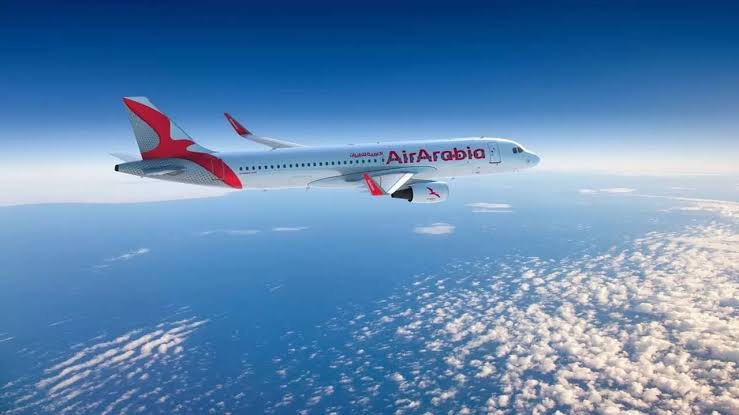
Saudi Arabia set new records for air traffic during the Hajj 1446 AH (2025), managing over 140,000 domestic and international flights. This figure marked an 8% increase compared to the previous year, showcasing the Kingdom’s growing capability in handling large-scale religious travel. The successful movement of millions of pilgrims by air highlights Saudi Arabia’s strong logistics network, use of advanced technologies, and efficient coordination between airports and air navigation teams. This achievement reinforces the country’s role as a key player in global religious tourism.
The arrival and departure phases were handled with excellent precision. During the arrival phase, from Dhu Al-Qidah 1 to Dhu Al-Hijjah 8, a total of 74,902 flights were recorded—a 15% rise from last year. The departure phase, from Dhu Al-Hijjah 23 to Muharram 15, saw 66,072 flights, a 2% increase. On Dhu Al-Hijjah 2, the Kingdom recorded its highest single-day aircraft movements with 2,338 flights. These milestones reflect strong planning and readiness for peak travel seasons.
A total of 213 airlines participated in the Hajj 2025 season, significantly enhancing global connectivity. This shows Saudi Arabia’s importance as a central hub for Muslim pilgrims worldwide. Pilgrims from various continents accessed the Kingdom smoothly, benefiting from improved air services and facilities. The increase in airline participation highlights Saudi Arabia’s rising global reputation in aviation, particularly in supporting international religious travel through expanded air corridors and partnerships.
The Saudi Air Navigation Services (SANS) organisation played a critical role in this success. They deployed advanced air traffic management technologies and highly skilled professionals to ensure safe and smooth air operations. Engineers, controllers, and maintenance staff worked continuously to manage the high traffic volumes without delays. The effective use of technical infrastructure helped maintain safety standards, improve efficiency, and enhance the overall travel experience for millions of pilgrims at major airports.
Saudi Arabia’s success during Hajj 2025 shows that it is ready for future growth in religious tourism. Through strategic planning, modern technologies, and a focus on global partnerships, the Kingdom is setting new benchmarks for managing large-scale international travel. Its efforts not only support smooth pilgrim journeys but also strengthen its image as a global aviation and spiritual hub. This performance underlines the country’s commitment to safe, well-organised, and spiritually enriching experiences for all visitors.
Spiritual Travel
6 Indian cities where Lord Krishna’s divine presence still lives on

1.Mathura
Mathura, revered as the birthplace of Lord Krishna, holds immense spiritual significance in Hinduism. The Krishna Janmabhoomi Temple stands at the exact spot where he is believed to have been born in a prison cell. The atmosphere of the city is steeped in devotion, especially during Janmashtami, when thousands of devotees gather to relive the divine birth through rituals, music, and processions. Every corner of this ancient city echoes tales from Krishna’s early life.
-

 Brand Stories2 weeks ago
Brand Stories2 weeks agoBloom Hotels: A Modern Vision of Hospitality Redefining Travel
-

 Brand Stories2 weeks ago
Brand Stories2 weeks agoCheQin.ai sets a new standard for hotel booking with its AI capabilities: empowering travellers to bargain, choose the best, and book with clarity.
-

 Destinations & Things To Do3 weeks ago
Destinations & Things To Do3 weeks agoUntouched Destinations: Stunning Hidden Gems You Must Visit
-

 Destinations & Things To Do2 weeks ago
Destinations & Things To Do2 weeks agoThis Hidden Beach in India Glows at Night-But Only in One Secret Season
-

 AI in Travel3 weeks ago
AI in Travel3 weeks agoAI Travel Revolution: Must-Have Guide to the Best Experience
-

 Brand Stories1 month ago
Brand Stories1 month agoVoice AI Startup ElevenLabs Plans to Add Hubs Around the World
-

 Brand Stories4 weeks ago
Brand Stories4 weeks agoHow Elon Musk’s rogue Grok chatbot became a cautionary AI tale
-

 Brand Stories2 weeks ago
Brand Stories2 weeks agoContactless Hospitality: Why Remote Management Technology Is Key to Seamless Guest Experiences
-

 Asia Travel Pulse1 month ago
Asia Travel Pulse1 month agoLooking For Adventure In Asia? Here Are 7 Epic Destinations You Need To Experience At Least Once – Zee News
-

 AI in Travel1 month ago
AI in Travel1 month ago‘Will AI take my job?’ A trip to a Beijing fortune-telling bar to see what lies ahead | China

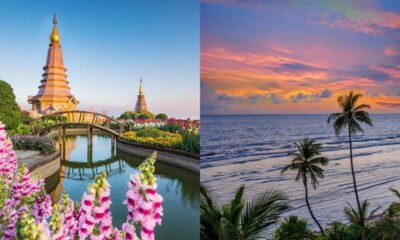





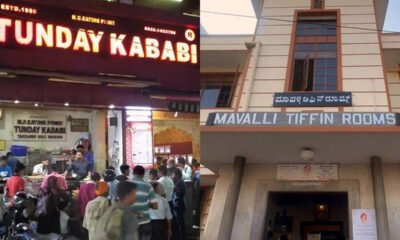



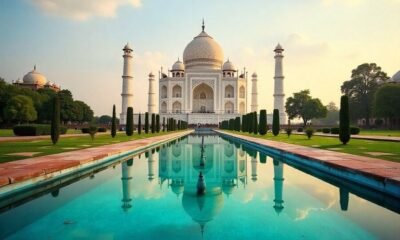


You must be logged in to post a comment Login